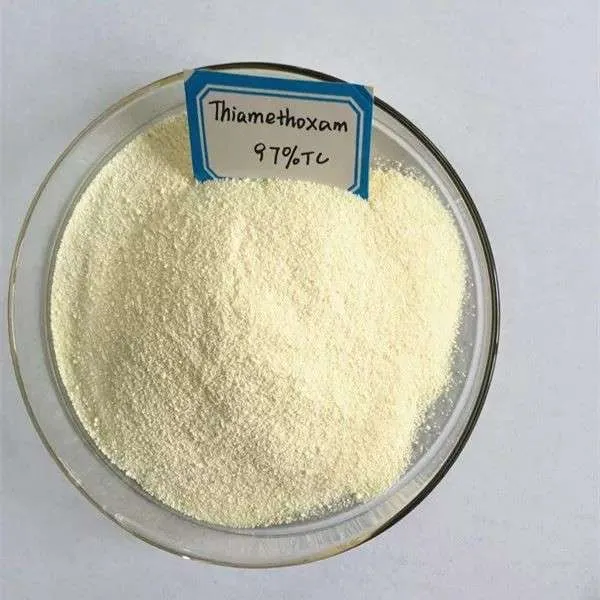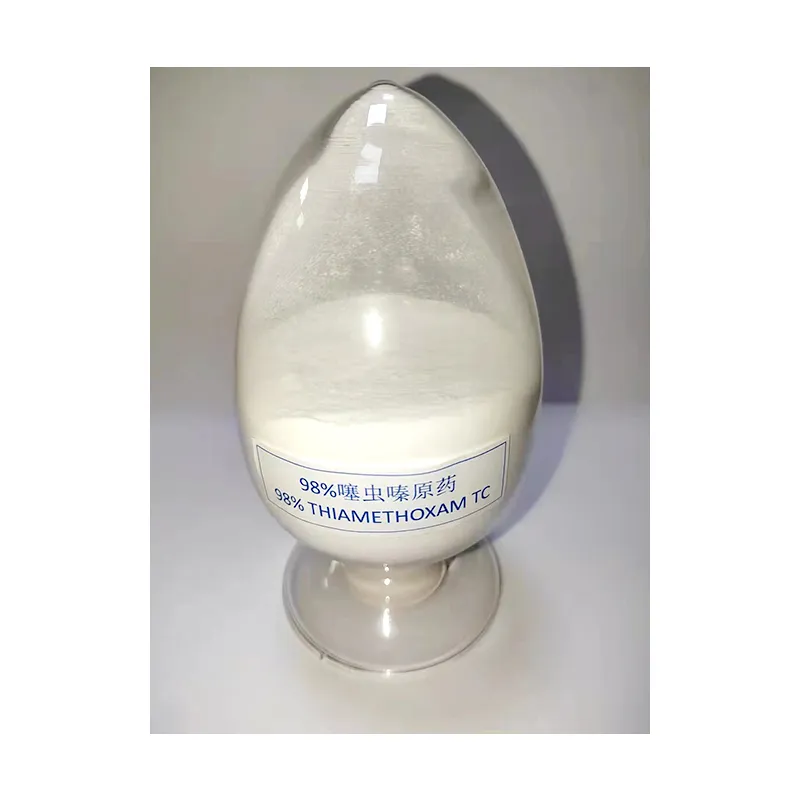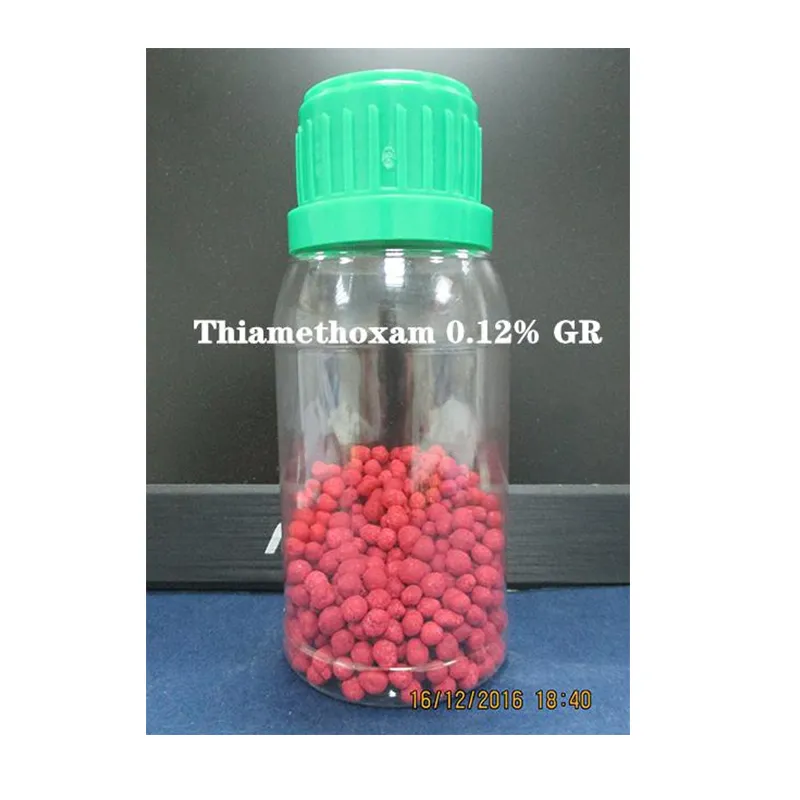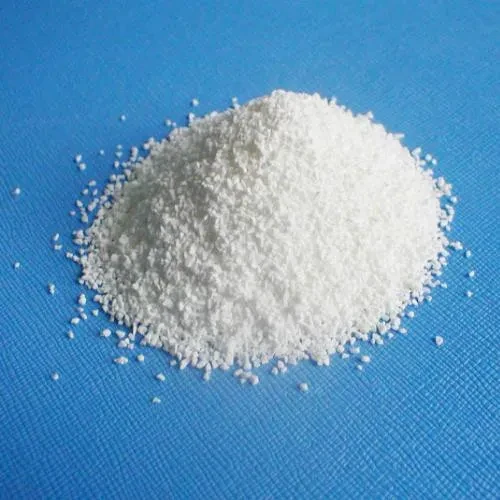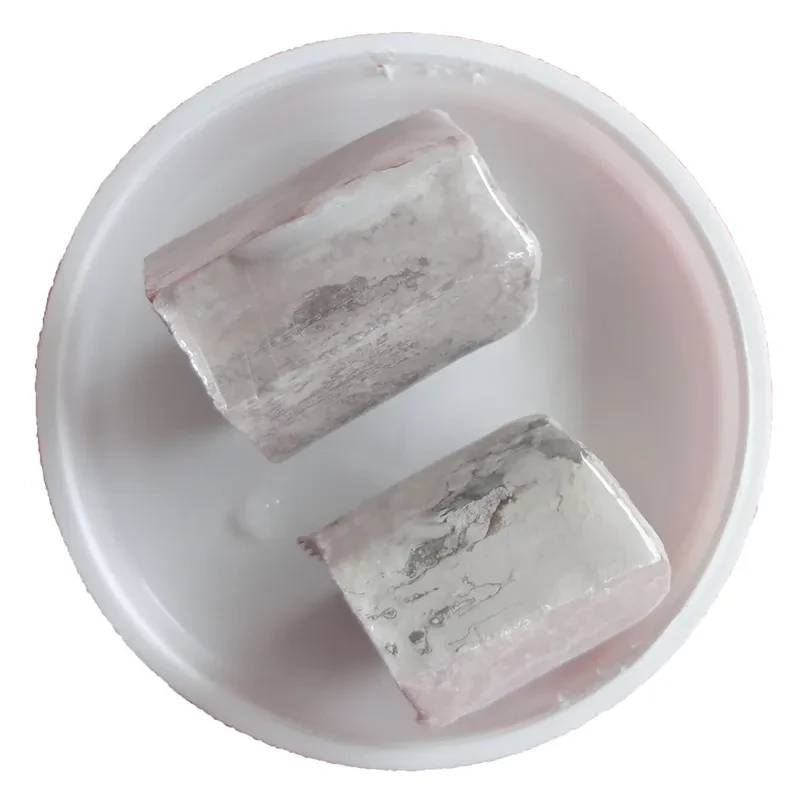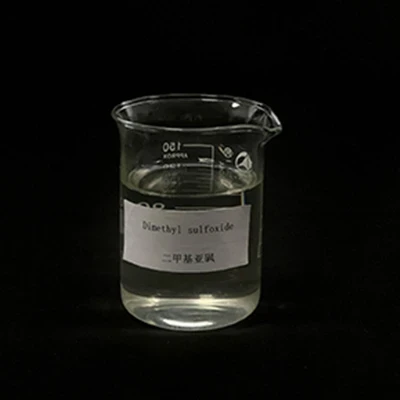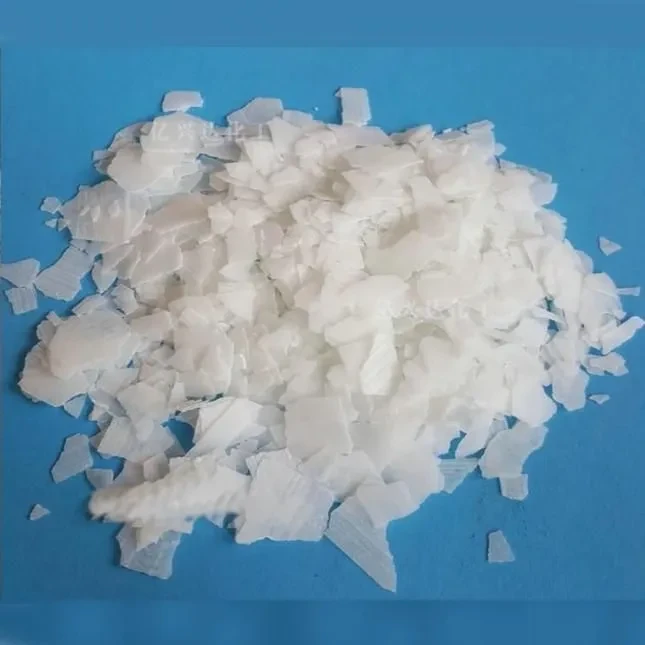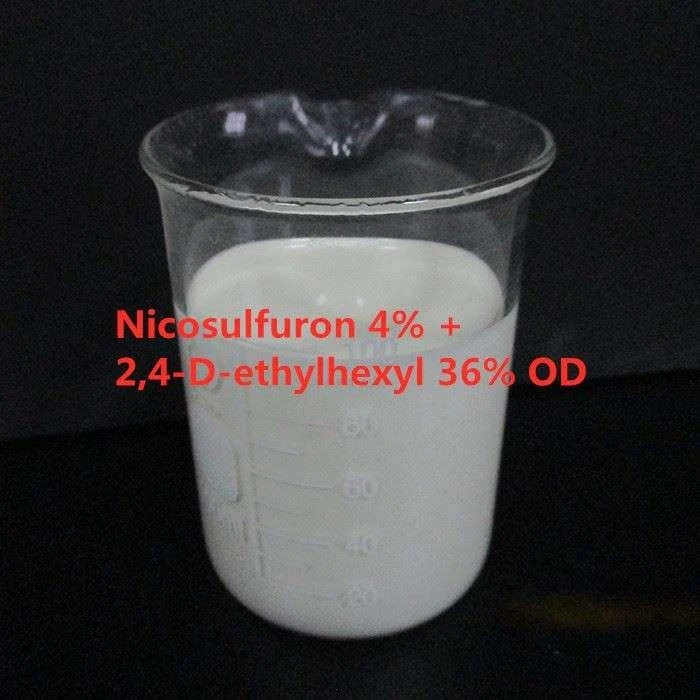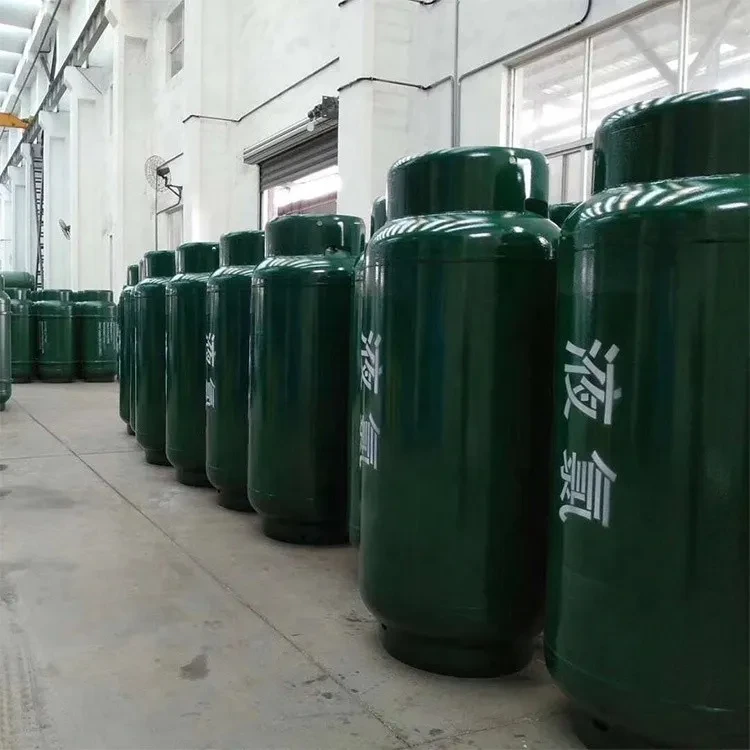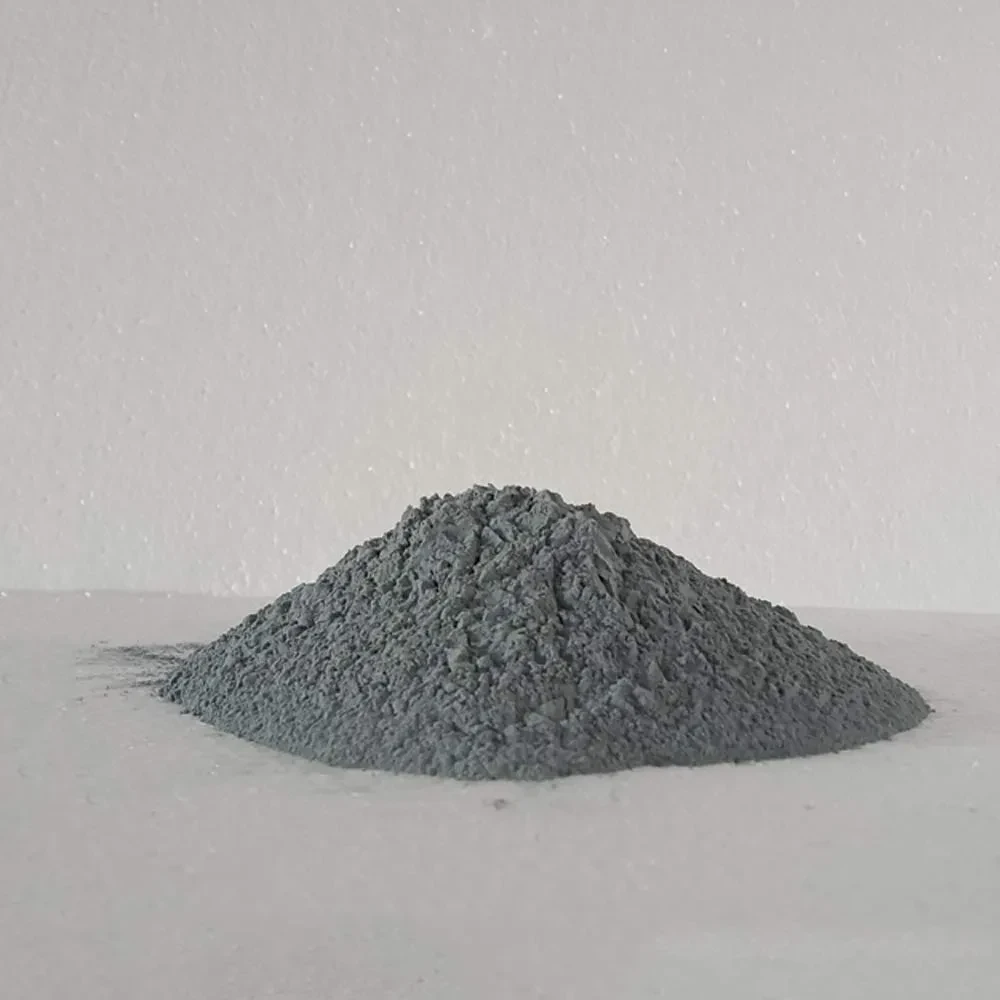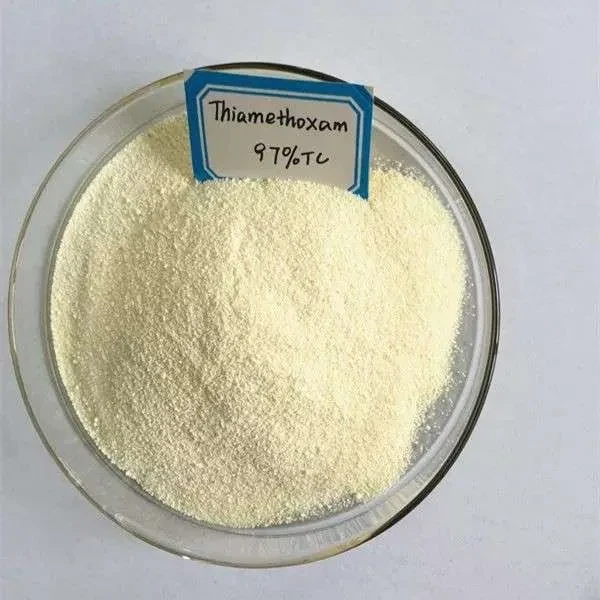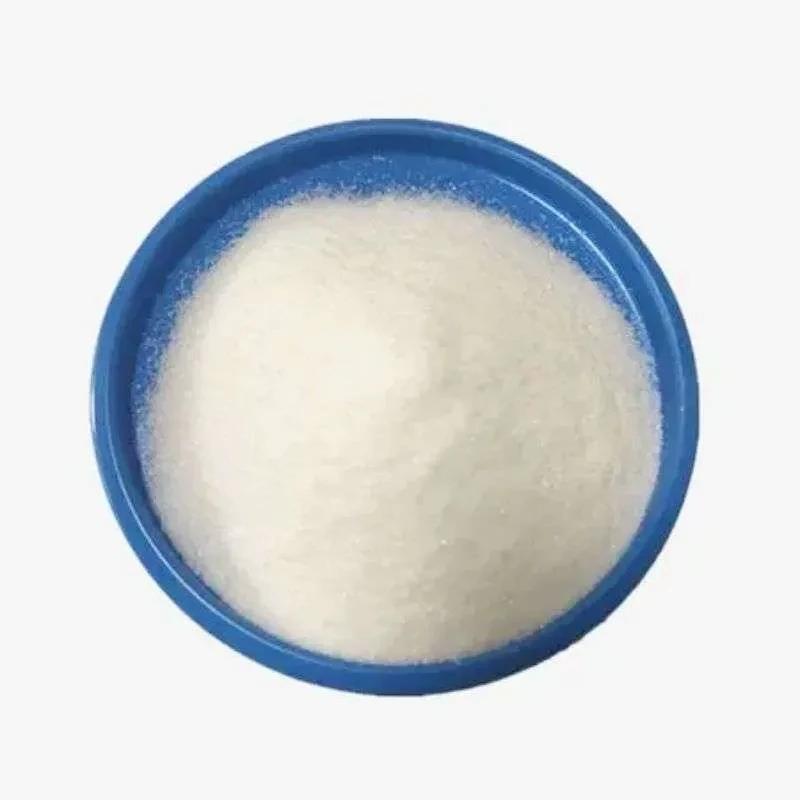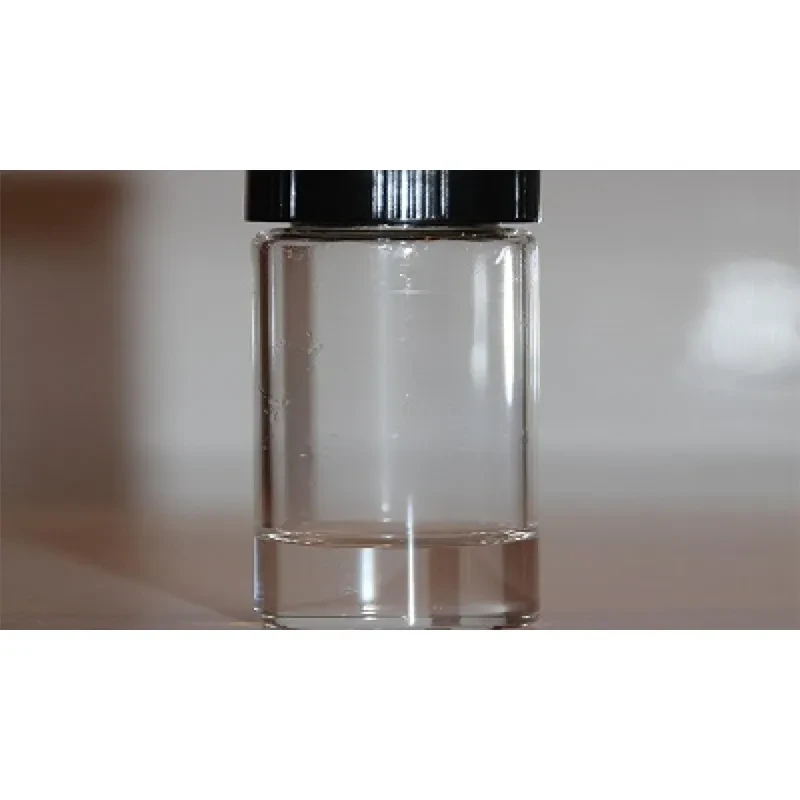|
Melting point |
139.1° |
|
Boiling point |
485.8±55.0 °C(Predicted) |
|
density |
1.71±0.1 g/cm3(Predicted) |
|
vapor pressure |
6.6 x 10-9 Pa (25 °C) |
|
storage temp. |
Inert atmosphere,2-8°C |
|
solubility |
DMSO: 250 mg/mL (857.02 mM) |
|
Water Solubility |
4.1 x 103 mg l-1 (25 °C) |
|
form |
Solid |
|
pka |
0.99±0.10(Predicted) |
|
color |
Off-white to yellow |
|
Hazard Codes |
|
|
Risk Statements |
|
|
Safety Statements |
|
|
RIDADR |
UN 3077 9 / PGIII |
|
WGK Germany |
2 |
|
HS Code |
29341000 |
|
Hazardous Substances Data |
|
|
Toxicity |
LD50 in rats (mg/kg): 1563 orally, >2000 dermally; LD50 in bobwhite quail, mallard duck (mg/kg): 1552, 576 orally. LC50 (96hr) in rainbow trout, bluegill (mg/l): >100, >114 (Senn). |
|
Chemical Properties |
Off-White to Pale Yellow Solid |
|
Uses |
Thiamethoxam is a broad spectrum insecticide active against a wide spectrum of sucking and chewing insect pests after foliar, soil or seed treatment. |
|
Definition |
ChEBI: Thiamethoxam is an oxadiazane that is tetrahydro-N-nitro-4H-1,3,5-oxadiazin-4-imine bearing (2-chloro-1,3-thiazol-5-yl)methyl and methyl substituents at positions 3 and 5 respectively. It has a role as an antifeedant, a carcinogenic agent, an environmental contaminant, a xenobiotic and a neonicotinoid insectide. It is an oxadiazane, a member of 1,3-thiazoles, an organochlorine compound and a 2-nitroguanidine derivative. It derives from a 2-chlorothiazole. |
|
Application |
Thiamethoxam is a neonicotinoid insecticide that is used widely. Thiamethoxam is the active ingredient in a variety of products used in agriculture to kill sucking and chewing insects that feed on roots, leaves, and other plant tissues. Agricultural uses include soil and seed treatments as well as leaf spraying for most row and vegetable crops like corn, soybeans, snap beans, and potatoes. It is also used to control insects in livestock pens, poultry houses, sod farms, golf courses, lawns, household plants, and tree nurseries. It was first registered by the U.S. Environmental Protection Agency in 1999. Reports show that when exposed to neonicotinid pesticides honeybees have probelms returnign home after foraging and bumblebee colonies grow poorly and produce fewer queens. |
|
Flammability and Explosibility |
Flammable |
|
Metabolic pathway |
All the information on thiamethoxam is taken from a summary of the proceedings of meeting published by the manufacturer. Full experimental details are not given in the report and the identity of metabolites is not disclosed (Novartis, 1997). |
|
Degradation |
Thiamethoxam is hydrolytically stable at pH 5 (half-life about 200-300 days). The compound is more labile at pH 9 where the half-life is a few days. It is rapidly photodegraded with a half-life of about 1 hour. In aquatic systems, degradation occurs under alkaline conditions and the insecticide is rapidly photodegraded but not readily biodegraded (Novartis, 1997). |
|
Mode of action |
Thiamethoxam interferes with nicotinic acetylcholine receptors in the insect’s nervous system, which are essential for proper functioning of the nerves. Within hours of contact or ingestion of thiamethoxam, insects stop feeding. Death usually occurs within 24 to 48 hours. |



